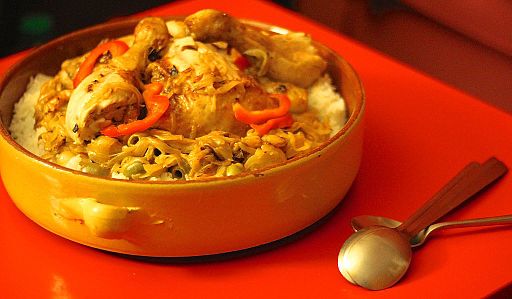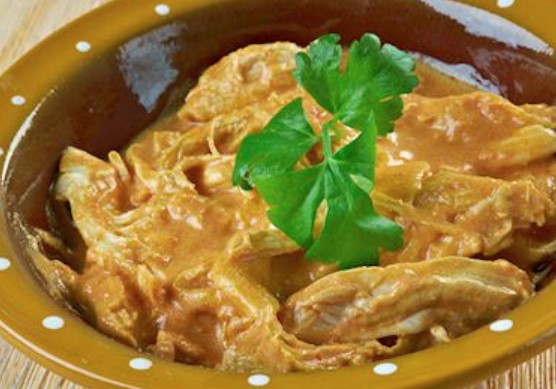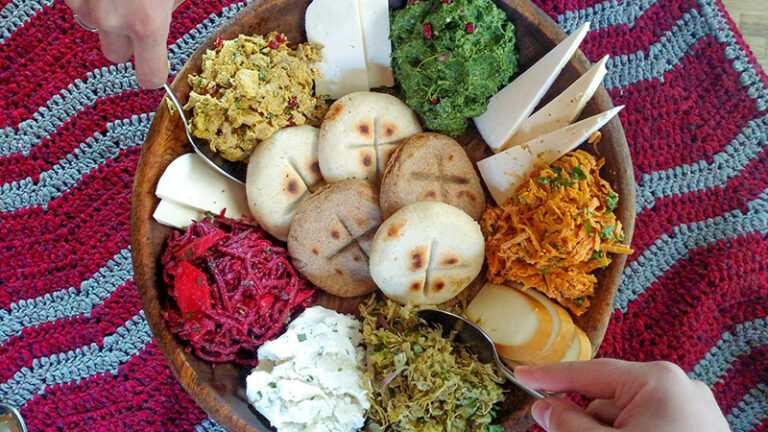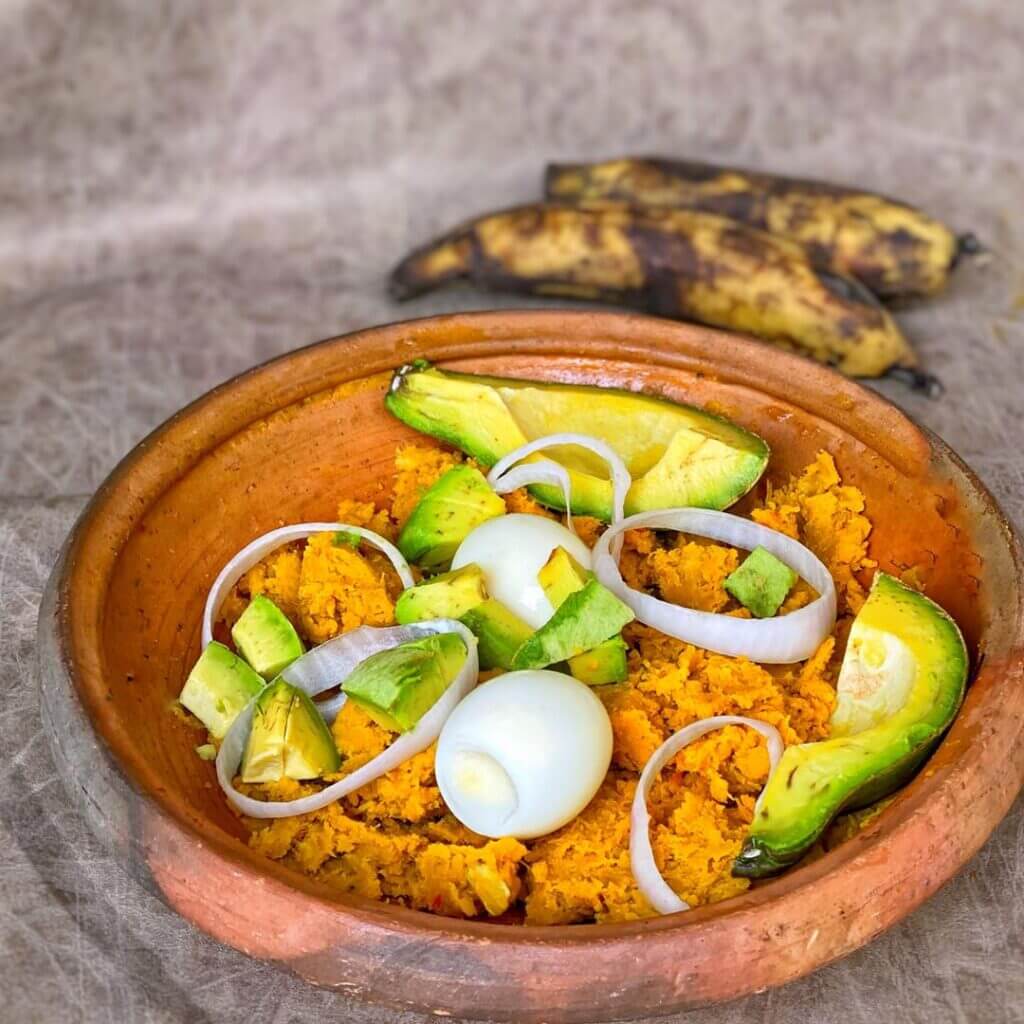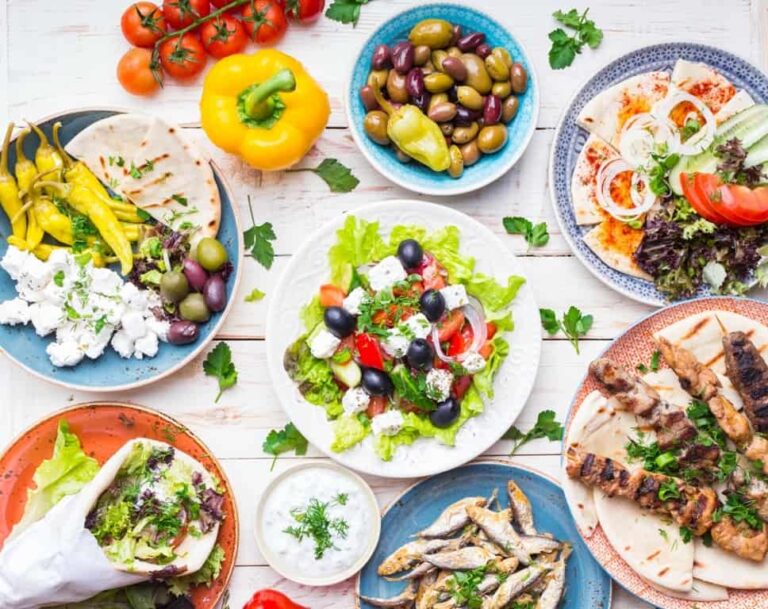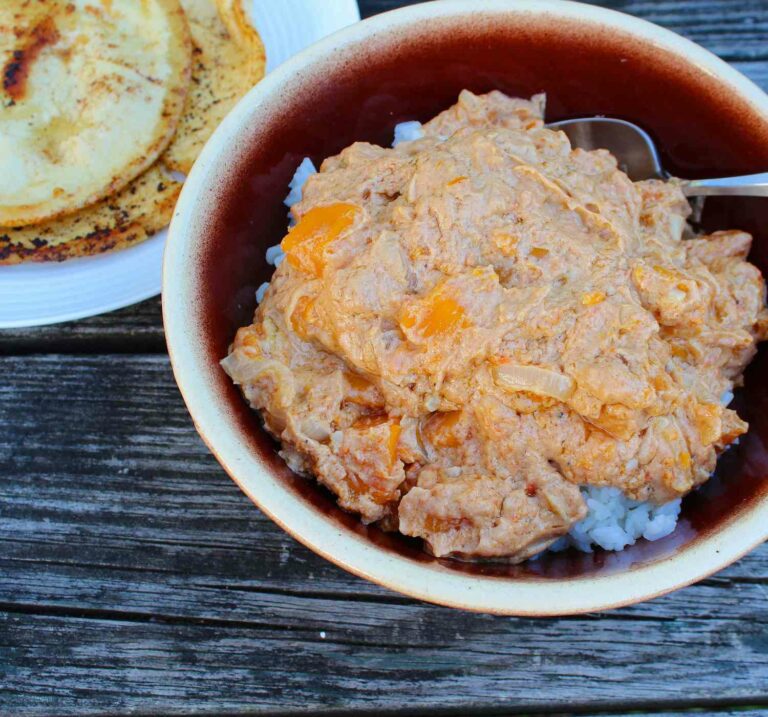Introduction: Vegetarian cuisine in Gambia
Gambian cuisine is often characterized by its diverse and delicious meat dishes, from grilled chicken to spicy beef stews. However, for vegetarians, finding suitable options can be a bit more challenging. Despite this, vegetarian cuisine does exist in Gambia, and it is often just as delicious and flavorful as the meat dishes. Vegetarian dishes in Gambia are typically made using locally grown vegetables, fruits, and spices, resulting in a colorful and nutritious cuisine.
Traditional Gambian dishes for vegetarians
Despite the reputation of Gambian cuisine for being meat-heavy, there are several vegetarian dishes that are popular among locals and visitors alike. Many of these dishes are made using peanuts, which are a widely grown crop in Gambia. Other staples include rice, okra, and a variety of leafy greens. Below are four Gambian dishes that are suitable for vegetarians.
Domoda: A peanut-based vegetarian stew
Domoda is a popular Gambian stew that is made using peanuts, vegetables, and sometimes meat. However, it is also a great option for vegetarians if the meat is omitted. The stew is typically made with onions, tomatoes, garlic, and a variety of vegetables, such as sweet potatoes, carrots, and eggplant. It is then simmered in a peanut sauce until the vegetables are soft and tender. Domoda is usually served with rice, and it is a hearty and flavorful meal.
Benachin: A one-pot rice and vegetable dish
Benachin is a traditional Gambian dish that is similar to jollof rice. It is a one-pot meal that is made using rice, vegetables, and often some form of protein, such as chicken or fish. However, it can easily be adapted to be a vegetarian dish by omitting the meat. The rice is cooked with a variety of spices and vegetables, such as tomatoes, onions, and peppers. It is a filling and flavorful dish that can be enjoyed on its own or paired with a side salad.
Superkanja: A nutritious okra soup
Superkanja is a popular Gambian soup that is made using okra, spinach, and a variety of other vegetables. It is typically served with rice or bread and is a nutritious and filling meal. The soup is made by simmering the vegetables in a flavorful broth, which is often made using smoked fish or meat. However, vegetarians can easily omit the meat and use vegetable stock instead. The okra gives the soup a thick and slightly slimy texture, which may take some getting used to for those who have never tried it before.
Mbahal: A savory vegetarian porridge
Mbahal is a savory porridge that is made using millet flour and vegetables. It is a popular breakfast dish in Gambia and is often served with a side of bread or pastries. The porridge is made by simmering the millet flour with a variety of spices and vegetables, such as onions, tomatoes, and peppers. It is a comforting and warming dish that is perfect for a chilly morning.
Conclusion: Exploring vegetarian options in Gambian cuisine
Though Gambian cuisine is often known for its meat dishes, there are several delicious vegetarian options available. From hearty stews to nutritious soups, there is something for everyone. By exploring these dishes, vegetarians can enjoy the flavors of Gambia while still sticking to their dietary preferences. Whether visiting or living in Gambia, it is always worth trying the local vegetarian cuisine.

